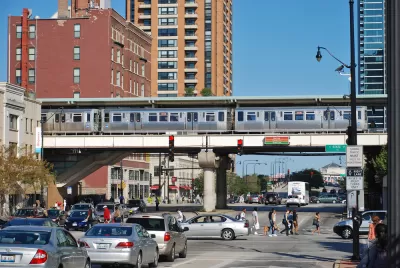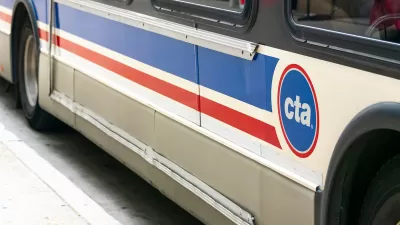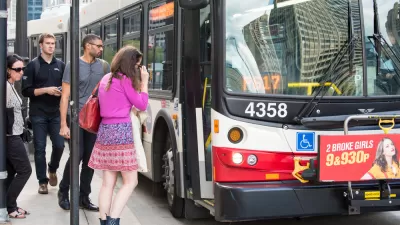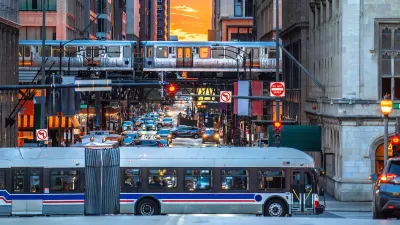The Chicago Transit Authority is close to returning both rail and bus service to pre-pandemic schedules, with some adjustments for new travel demand.

The Chicago Transit Authority’s (CTA) rail lines will increase service by 20 percent this fall, adding 1,200 new rail trips per week.
According to an article in Mass Transit, “The new rail schedule returns rail service levels to pre-COVID-19 pandemic service levels, with some strategic adjustments to better meet current ridership patterns.” The agency is adjusting service to match new demand on weekends and reduced rush hour weekday demand.
The agency is working to hire and train new operators to be able to staff higher-frequency service. “In 2024, CTA committed to training up to 200 new rail operators, double the amount from the previous year. CTA has trained and qualified more than 150 rail operators who have since been added into service, with the remaining cohorts of employees currently in training and expected to begin qualifying for rail operator status before the end of the year.”
The CTA’s bus lines are also back to 98 percent of pre-pandemic service levels, with plans to return to full pre-pandemic schedules for winter service later this year. “CTA says it is currently second among peer transit agencies across the U.S. in year-over-year ridership growth. Ridership on the 58 bus routes that received additional service in 2024 is up 13 percent year-over-year, outpacing other routes, which grew by four percent year-over-year.”
FULL STORY: CTA increasing weekly rail roundtrips by 20 percent

Trump Administration Could Effectively End Housing Voucher Program
Federal officials are eyeing major cuts to the Section 8 program that helps millions of low-income households pay rent.

Planetizen Federal Action Tracker
A weekly monitor of how Trump’s orders and actions are impacting planners and planning in America.

Ken Jennings Launches Transit Web Series
The Jeopardy champ wants you to ride public transit.

Crime Continues to Drop on Philly, San Francisco Transit Systems
SEPTA and BART both saw significant declines in violent crime in the first quarter of 2025.

How South LA Green Spaces Power Community Health and Hope
Green spaces like South L.A. Wetlands Park are helping South Los Angeles residents promote healthy lifestyles, build community, and advocate for improvements that reflect local needs in historically underserved neighborhoods.

Sacramento Plans ‘Quick-Build’ Road Safety Projects
The city wants to accelerate small-scale safety improvements that use low-cost equipment to make an impact at dangerous intersections.
Urban Design for Planners 1: Software Tools
This six-course series explores essential urban design concepts using open source software and equips planners with the tools they need to participate fully in the urban design process.
Planning for Universal Design
Learn the tools for implementing Universal Design in planning regulations.
Heyer Gruel & Associates PA
Ada County Highway District
Institute for Housing and Urban Development Studies (IHS)
City of Grandview
Harvard GSD Executive Education
Toledo-Lucas County Plan Commissions
Salt Lake City
NYU Wagner Graduate School of Public Service





























